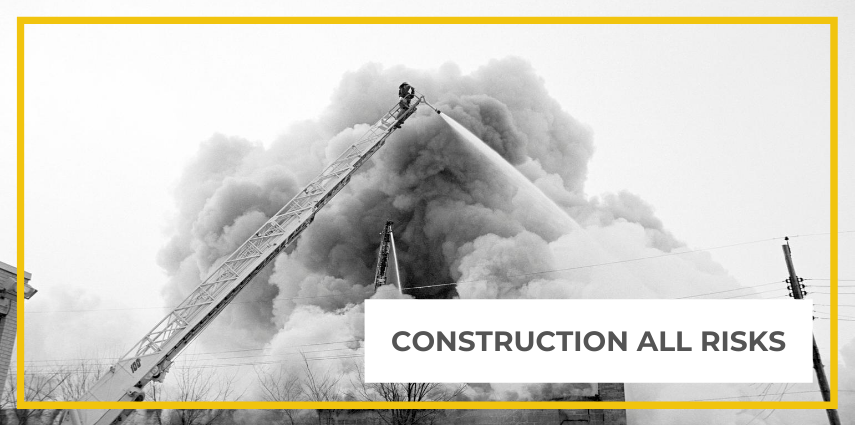As far back as 2003, the property and construction insurance market has had a raft of providers to choose from, meaning lower prices and more choice for customers.
In the last 24 months, however, there has been a major shift in attitude from Professional Indemnity (PI) insurers, partly as a slow-building consequence of the Grenfell Tower fire — which led to a surge in claims associated with combustible materials.
This, however, is only one of the latest contributors to an overall shift in the market. Claims from the housing and construction sectors have already been becoming significantly more frequent and severe since the 2008 financial crisis.
The effect of all of this has been that the construction insurance market for PI has recently tightened, and there are now significantly fewer providers than there were previously, with a greater number of claims being made.
Fortunately, there is still enough capacity to meet customer needs, but, understandably, PI rates have increased significantly.
With major insurers withdrawing over the last few months (including China Re, Accapella, Vibe, and Neon), the outlook for 2020 and beyond looks gloomy and further rate PI increases are predicted, in addition to a continuing decrease in the number of providers.
From the perspective of contractors, starting the renewal process early and sticking with an experienced broker is key for maintaining security, stability, and the most effective possible level of cover.
For employers, now is the time to investigate alternate methods of risk transfer and mitigation.
Construction All Risks (CAR)

The last 24 months have also been a very chaotic time for the Construction All Risks (CAR) insurance market, which provides coverage for property damage and third-party injury and damage claims.
During this time, major losses have occurred in high-profile incidents such as the Mandarin Oriental London Fire, Glasgow School of Arts Fire, and Primark Belfast Fire – all of which involved 8 or 9 figures of financial loss.
These events – and many more – come off the back of 17 years of reduced payouts, and a widening of insurance cover – with the result being that 14 insurers are withdrawing from the market.
Remaining insurers have, therefore, been evaluating their portfolios and implementing corrective measures to ensure they can remain profitable for the medium to long term.
The corrective measures that have been undertaken have primarily focused around the following four key areas:
Exposure reduction
Insurers have reduced the percentage they are willing to insure for any single risk, meaning that it is now not uncommon for a £100 million UK development to need 5 or 6 insurers. 24 months ago, typically only 2 or 3 insurers would have been required for such a project.
Cover
Insurers are increasingly pushing back in terms of the cover they are willing to provide. There are two broad categories which insurance policies fall under – those drafted by the broker, and those drafted by the insurer. Broker policies are a lot broader and free of restrictions, but in recent times insurers have been pushing for more restricted cover. With negotiation, though, these amendments can be kept to a minimum.
Excesses

Excesses on policies have started to increase – particularly excesses regarding insurance for the Escape of Water (from pipes, et cetera). Escape of Water is the biggest issue in the construction insurance market, and insurers are now requiring an excess of at least £25,000-£50,000. 18 months ago, this excess would have only been £5000-£10,000.
Premium
Insurers are looking into ways to be more technical in terms of how they price cover for different risks. One direct consequence of this has been that rates have significantly increased in the last 24 months. It appears this trend is only likely to continue.
